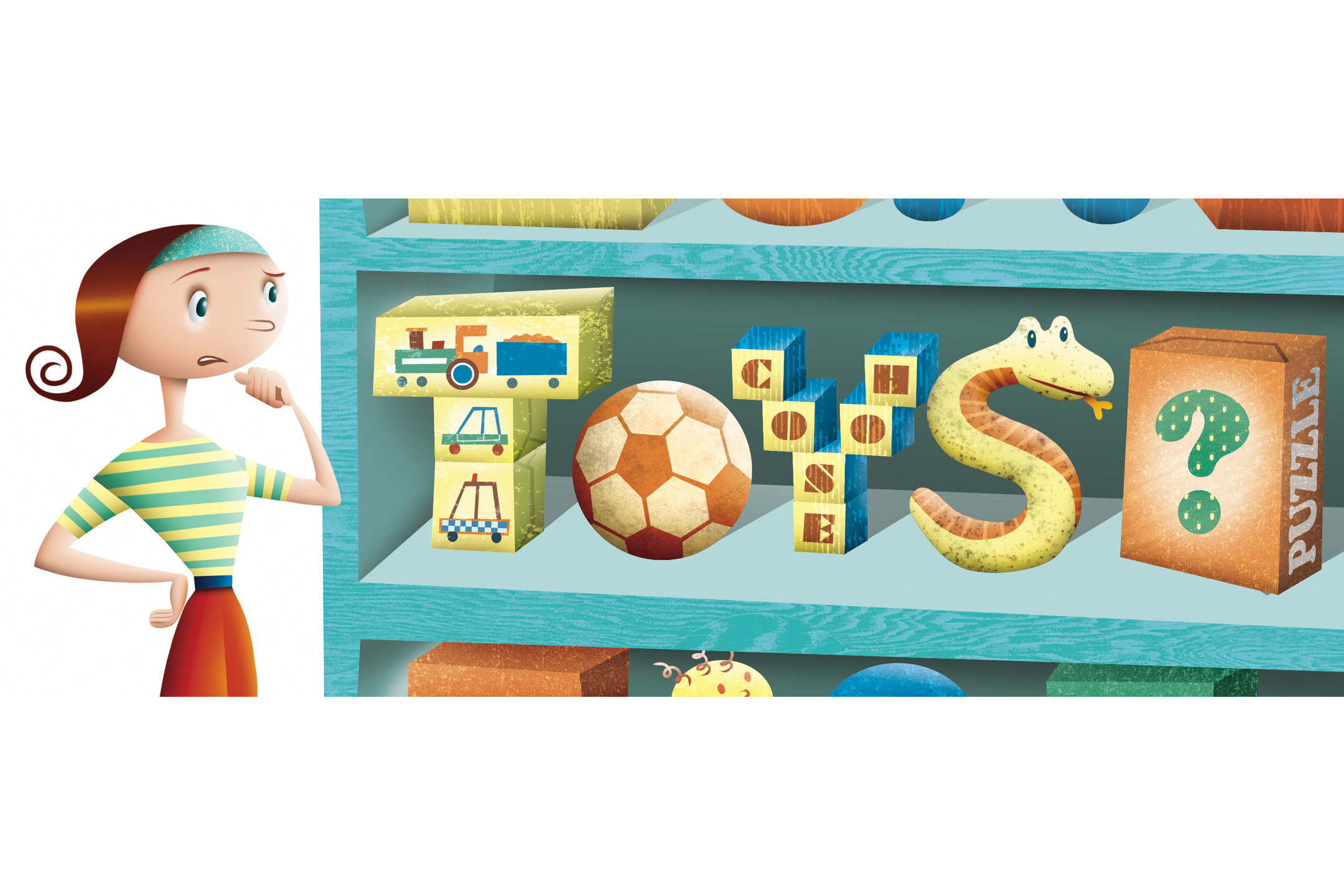
30 Nov Playing With Purpose: Toys for special needs
Parents needn’t be perplexed when choosing appropriate toys for children with special needs, writes Gail Kearns.
Ask your child’s therapists (occupational therapist, physical therapist and/or speech and language pathologist) for ideas regarding which skills need to be developed, based on their therapy goals.
Play is not idle time for children – it is a time for exploration and learning. As a paediatric occupational therapist, I encourage fine-motor and sensory-motor development through play-based activities. Children are excited to enter my office because it is full of educational toys and games to make learning fun.
As the holiday season approaches, I am contacted by parents who are unsure of what kinds of toys they should be buying for their children who have special needs. Gift giving is especially difficult for family members who do not have direct contact with the child regularly (distant grandparents, aunts, uncles and so on). They may not fully understand the child’s needs, abilities or interests.
Each year, I take an inventory of my therapy supplies and purchase additional toys and games for the next year. As I shop, I look for quality products that can be used across many age ranges and developmental levels. I analyse each toy and focus on activities that will be motivating for both a three year old with autism and a seven year old with dyspraxia. For example, a magnetic fishing game requires turn-taking, refined grasp patterns, bilateral coordination, hand-eye coordination and matching skills. If that fishing game is placed on a platform swing, the child’s balance reactions, postural control and sensory processing abilities will be challenged.
Safety should always be the first consideration when choosing a toy. Toys should be durable and free of toxic materials. The age recommendations should be clearly stated on the box. This will help narrow down your options. Since many children with special needs are developmentally younger than their chronological age, use their developmental age as a guide. For example, if your eight year old continues to mouth objects, you should probably stay away from toys designed for older children, which may contain small pieces.
Ask your child’s therapists (occupational therapist, physical therapist and/or speech and language pathologist) for ideas regarding which skills need to be developed, based on their therapy goals. For children with fine-motor delays, I always recommend looking at the size and shape of the pieces (are they the best size and shape for grasping?) and the packaging (large containers with handles can help children develop upper-body strength as they carry the container to the toy shelf). Children learn best through hands-on play, so their toys should be interactive and child-driven, not battery-operated.
Find toys that will grow with your child. Think about how you can adapt the toy or game as your child grows and develops new skills. Toys should be stimulating and enjoyable, even after the initial novelty wears off. If the child is more interested in the box, then you’ve chosen the wrong toy. If you have more than one child, find an activity that all children can do together (even if it needs to be modified for a younger child) and encourage socialisation and cooperative play. Better to have a few quality toys that can be used for years than a houseful of toys that go unused.
Decide whether you want to encourage independent play skills or if you need materials for structured play. If you would like your child to learn to play independently while you make a phone call or prepare dinner, look for a familiar toy with fewer pieces that your child can be successful with (for example, cars or large blocks). Save more-challenging activities for one-on-one time. Structured time is a great time for playing a board game, matching capital letters to their lower-case counterparts, or assembling a challenging puzzle.
Last, but certainly not least, let your child’s interests, such as animals or trains, guide your purchases. Then they will be excited to learn. Educational toys should be fun for the whole family, too. Play with your children. Show your enthusiasm. If you are excited about the toy, your child will be too.
Illustration by Shane McGowan

